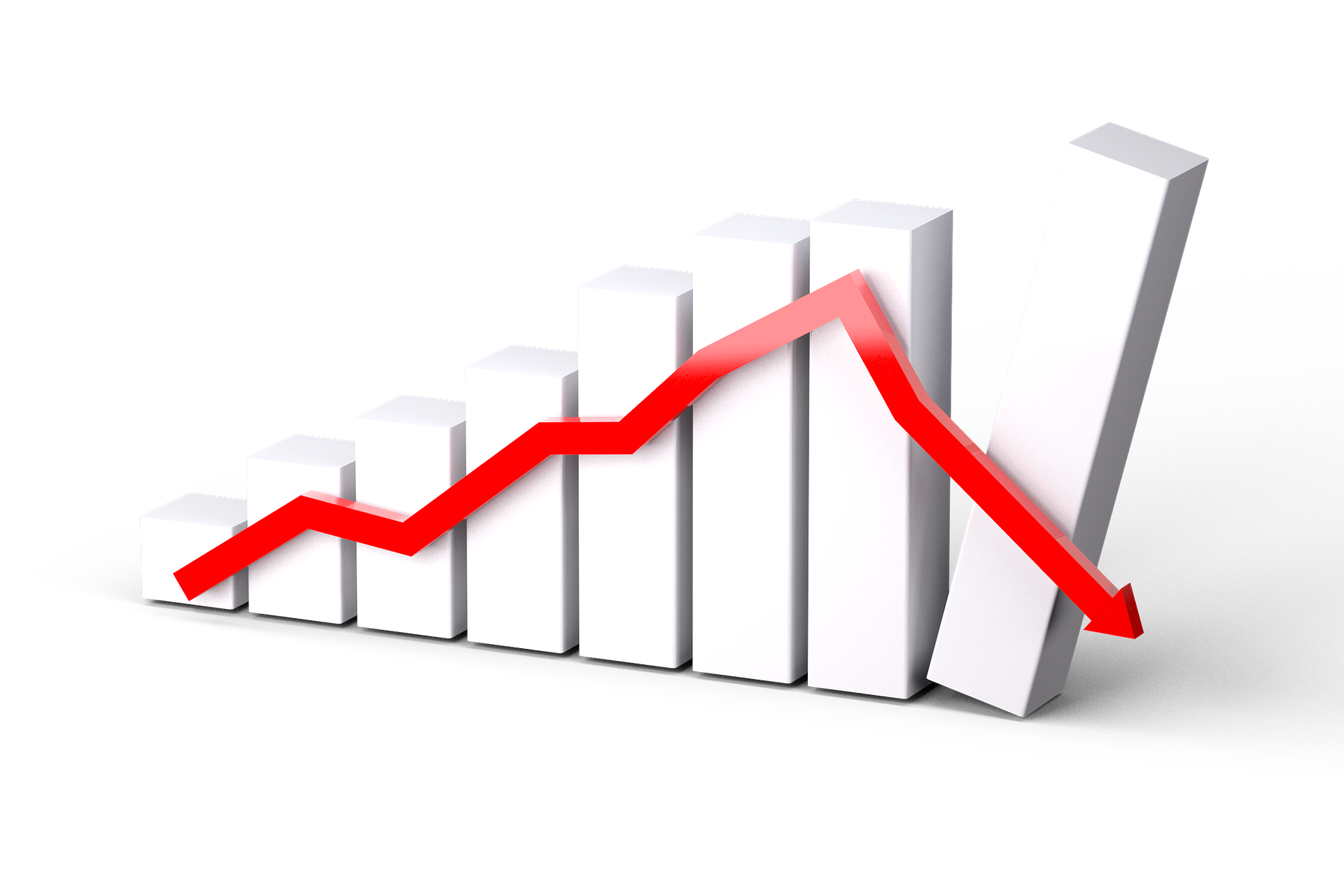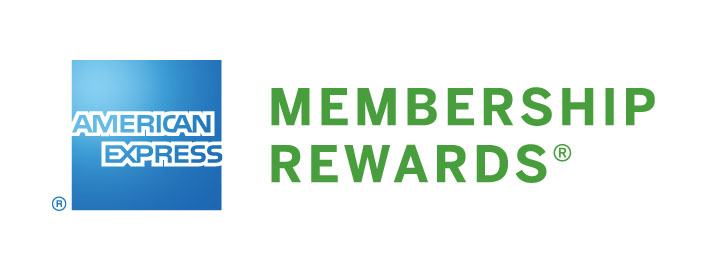
Financial Independence: Calculating Your FI Number and How Points Help
Some of you may have read my previous Financial Independence (FI) articles and thought “That’s all great, but how much do I need to retire?” Others may notice banks, commercials, family members, and co-workers are giving out unsolicited advice on how much you need to retire. But determining your FI number is highly personal. Luckily, the Trinity Study provides a handy rule that each of you can apply to your unique situation to determine your FI number. Let’s talk about the Trinity Study, the 4 Percent Rule, calculating your FI number, and how points can help.
The Trinity Study and the 4 Percent Rule
Based on a 1998 paper by three finance professors at Trinity University, the Trinity Study is also referred to as the “4 Percent Rule.” Part of the study attempts to determine “safe withdrawal rates” from retirement portfolios that contain stocks. Safe withdrawal rate is the maximum rate you can spend your retirement savings while not running out of savings during your lifetime. The study reflects that a person has sufficient savings in assets if 4 percent of the individual’s assets are sufficient to cover one year’s expenses.

Determining Your FI Number
First, identify how much you spend annually – on everything. Take that number and multiply it by 25. By using 25, you are following an exact 4 percent safe withdrawal rate. For example purposes, let’s pretend that you spend $50,000 annually.
$50,000 * 25 = $1.25 million
Others are more conservative with their estimates for what they will need in retirement and trend to a 3% rule. Instead of multiplying by 25, we would multiply by (100/3), or 33.3. We’ll use the same $50,000 example:
$50,000 * 33.3 = $1.665 million
Others are more confident and may choose to follow a 5% rule, which ends up with the following calculation:
$50,000 * 20 = $1 million
I tend to follow the exact 4 percent rule, which turns out to be plenty for the Trinity Study’s worst-case scenario in the 65-year period they covered.

But Is That Really Your FI Number?
I would imagine you used what you currently spend annually as the basis for calculating your FI number above. But, to more accurately determine your FI number, you should use your projected annual spending in retirement. Great news – you have so much control in decreasing this number! You can move to a lower cost of living area, you can downsize your home, and you can cut expenses in so many other ways. Using the above example, if you lower your annual spending by just $10,000 to $40,000 annually, a 4 percent safe withdrawal rate results in an even $1 million FI number. That’s a 20% decrease!
Consider your future goals, retirement location, and spending, then apply the 4 Percent Rule again to determine a more accurate FI number.
Trinity Study Assumptions
As Mr. Money Mustache highlights in his excellent 2012 article on safe withdrawal rates and the 4 Percent Rule, the Trinity Study includes noteworthy assumptions. These assumptions are music to FI’ers’ ears. The study assumes that a retiree will:
- Not earn any more money
- Never collect social security or a pension
- Not adjust spending, like during a recession
- Never collect an inheritance from parents or other family members
- Not spend less as he/she ages
In reality, though, I, and many of you, will experience the opposite of at least one or all of the above! For instance, after reaching FI, I’ve worked seasonally a few times for the fun of it. Also, while I did not incorporate these into my safe withdrawal rate calculations, I do have a pension that kicks in when I’m older, and I expect to collect some form of social security (even if it ends up being small). I bet most, if not all, of us are making a few spending adjustments due to the current COVID-19 challenge, as well. And so on down the list! Basically, these assumptions highlight all of the various safety nets to the 4 Percent Rule.

How Points Can and Do Help
In my second Path to Financial Independence article, I shared what I would do if I was starting over. I mentioned that I would convert more of my credit card rewards to cash for saving and investing. Many of you can do this now! Most travel rewards currencies can be transferred into some form of cash. Reflect on your goals beyond travel, if you haven’t done so already. If you would like to save and invest more, consider dipping into your travel rewards for an immediate financial boost.
Also, using your points and miles can substantially, and almost totally (for me), defray your travel expenses. I maximize my travel freedom while traveling close to free. In retirement, I have a more fulfilling life of travel without it becoming a significant, or even noticeable, expense in my annual spending. In short, points and miles are enriching my life as an effective complement to my savings and investments. We will dive into these dynamics more in future articles.
Conclusion
If you are interested in achieving FI, crunch the numbers! The 4 Percent Rule is a great guideline to get you started. It was for me, and I continue to refine and recalculate annually. Remember to reflect on your goals for travel and beyond as you determine your future spending and calculate accordingly. The importance and impact of cutting unnecessary expenses is magnified even further as you make these calculations. Have fun!



You forgot to mention all that money you saved on haircuts.
Just kidding, I enjoyed reading this FI series on MtM.
I’m not sure that term is exactly accurate. 🙂 Regardless, I actually mentioned that previously here. I’m glad you enjoyed the articles!
Agree that Financial Freedom is the best and provides a lot of choices wrt early retirement. I write about that extensively and great to see it tied to travel.
Have you found it difficult to get approved for new credit cards given that your income is lower after FIRE? How do you overcome that especially for premier cards which need approval of higher credit limit for sign up bonuses?
Financial Freedom Countdown,
Thanks for the comments and question. I’ve noticed it mostly with lower credit limits being approved. Most cards that have had a higher credit limit requirement I previously held, so that helps. More recently, I upgraded a Freedom card to the Chase Sapphire Reserve to take advantage of the Pay Yourself Back 50% bonus. This Freedom card had previously been my original Chase Sapphire Reserve, and I maintained that high credit limit for this type of situation. So, upgrading again from the Freedom was a snap! Long story short, I don’t close cards with high credit limits; rather, I downgrade them to a different card while maintaining the same credit limit.
The Trinity study has the same shortcoming as most studies on returns and withdrawal rates. They use a limited data set and unrealistic prices. There are thousands of price points every year and these studies tend to use just one. In order to replicate the results (assuming that returns repeat in the future), one has to withdraw once a year based on closing prices. Isn’t it more likely that one would withdraw income/principal more often? Say the first of every month or biweekly or?
I am not a huge fan of annuities, but wouldn’t a SPIA or DIA make sense for risk transfer?
I never depended on just a salary when I was an employee, so I appreciate your safety net additions.
You are referencing a financial “Rule of Thumb.” SWRs, though handy, were never intended to substitute for comprehensive, tailored, professional advice implememted & monitored over a person’s lifetime.
Pam,
I consider it a great guideline, as I mentioned in the article. And I have other safety nets and contingencies in play, as well. I agree that for some it’s not a substitute for professional advice. But for others (like me), we don’t necessarily feel the need to pay someone for advice if we can figure it out otherwise.
It a good super basic calculation would be nice if they added in the what if’s which most people will have such as a pension, disability payment and/or SS. These highly probable factors would greatly change the FI. I gained total FI at age 43. Even if I had nothing saved my pension alone gives me total FI, with my points and miles on top of that its total FI with a pay raise!! 🙂
There was a couple who talked about FI or FIRE on MtM a while back. They mentioned that they don’t have a home and stay at other people’s homes but house sit. This is work. It is not a vacation if you need to keep the home maintained, feed the pets, etc. You just aren’t getting paid with cash
They are also complete FIRE and are spending their retirement doing this because they love to travel. They don’t have to do it. They choose to do it. Big difference I think.
They also only recently sold their home to travel like this because it was their dream now realized and that’s inspiring to me. I know a lot of “retired” people who work in one aspect or the other but the key is they don’t have to.
Money gives you choices…Plain and simple.
It’s also clear that being FI allows you to maximize the ability to jump on deals and/or travel on off peak days like Tuesdays and Wednesdays, as well as let you position yourself for MS opportunities at regional stores if that’s your thing.
Calwatch,
Great point about deals and off peak travel! I actually talked a bit about that here.